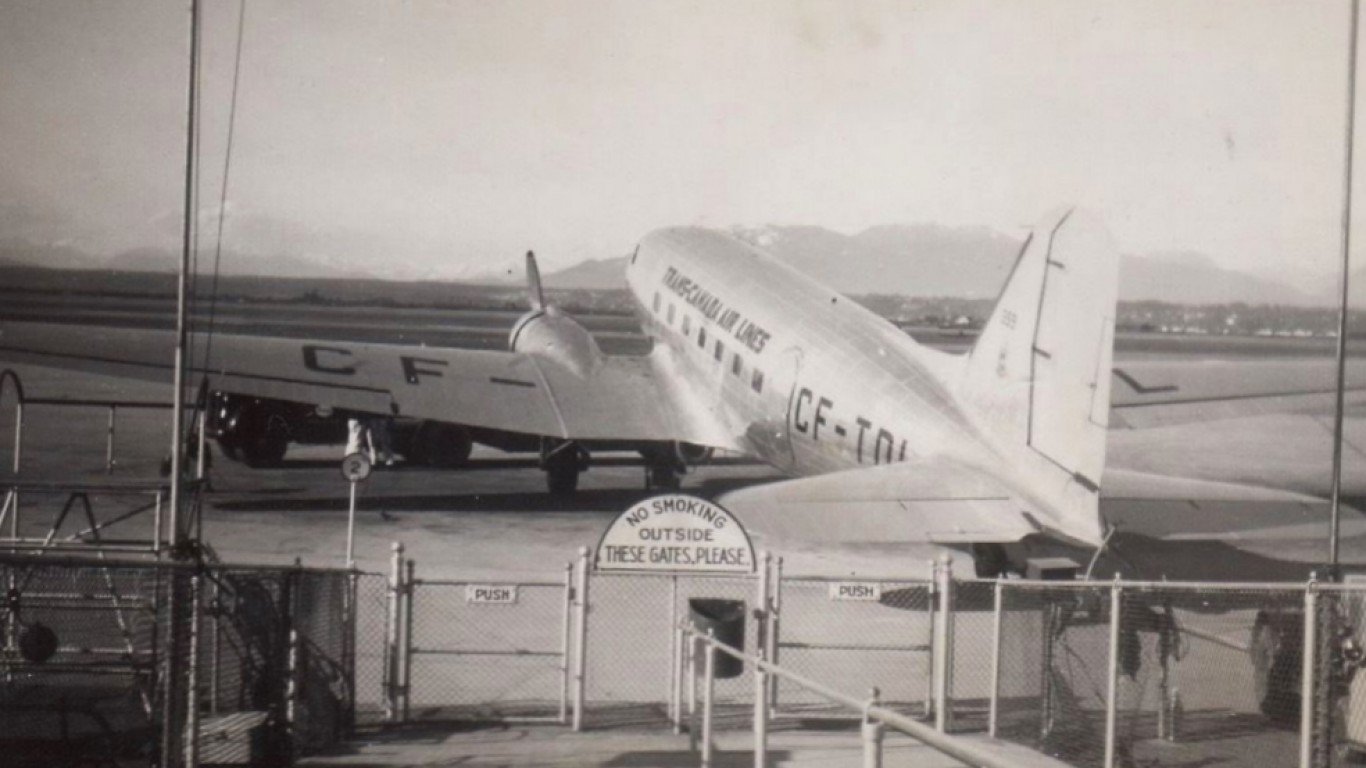

Purpose of this task is to understand the variables of the Dataset. Part-I: Understand andĮxamine the Dataset “” Task-1: Review the These resources include (Ahlemeyer-Stubbe & Coleman, 2014 Fischetti, Mayor, & Forte, 2017 Ledolter, 2013, 2018).
#Ontime flight history code#
Various resources were utilized to develop the required code using R. Naïve Bayesian Model for Flight Delays Prediction. Logistic Regression Model for Flight Delays Prediction Visualization of the Desired Variables Using Plot() Function.įollowing three primary key Tasks to the plot, discuss and analyze the result. Required Packages, and Summary of the Descriptive Statistics.Ĭreate Data Frame and Histogram of the Delay (Response) Load and Understand the Dataset Using names(), head(), dim() Functions. This project addressesįollowing key Tasks to understand and examine the Dataset of Models, the researcher has also implemented the Logistic Regression first,įollowed by the Naïve Bayesian Approach on the same Dataset ofį. The Dataset of () has 2201 observationsīetter understanding of the prediction and a comparison using two different Which is provided by the course in the course material. Thus, this project utilized the version of The Dataset analysis due to the size of the downloaded Datasets from that linkĪnd the limited resources of the student’s machine. However, the attempts failed to continue with
#Ontime flight history download#
The Dataset is downloaded from CTU courseĪttempts to download the Dataset from the following link. Project examines and analyzes the Dataset of (). Illustrated in Task-2 of Part-II and Figure-19.ĭataset Naïve Bays Prediction Analysis Using R. To identify 137/(137+30), or 73% of the delayed flights. The prediction has 30 delayedįlight out of the 167 correctly but fails Is a little higher than the logistic regression. Misclassification proportion of the naïve Bayesian method shows 19.52%, which Naïve Bayesian method used probabilities from the training set consisting ofĦ0% randomly selected flights, and the remaining 40% of the 2201 flights serve Part-II discusses the Pre-Data Analysis, byĬonverting the Dataset to Data Frame, involving three major tasks to analyze the Data Frame using logistic regression Part-I involves five major tasks to review and understand the Dataset variables. Part-I evaluates and examines the Dataset for understanding the Dataset using the RStudio. The project is divided into two main Parts. Project is to analyze the flight delays Dataset.


 0 kommentar(er)
0 kommentar(er)
